Garmin Instinct 3 vs Coros Nomad: Which rugged GPS smartwatch wins?
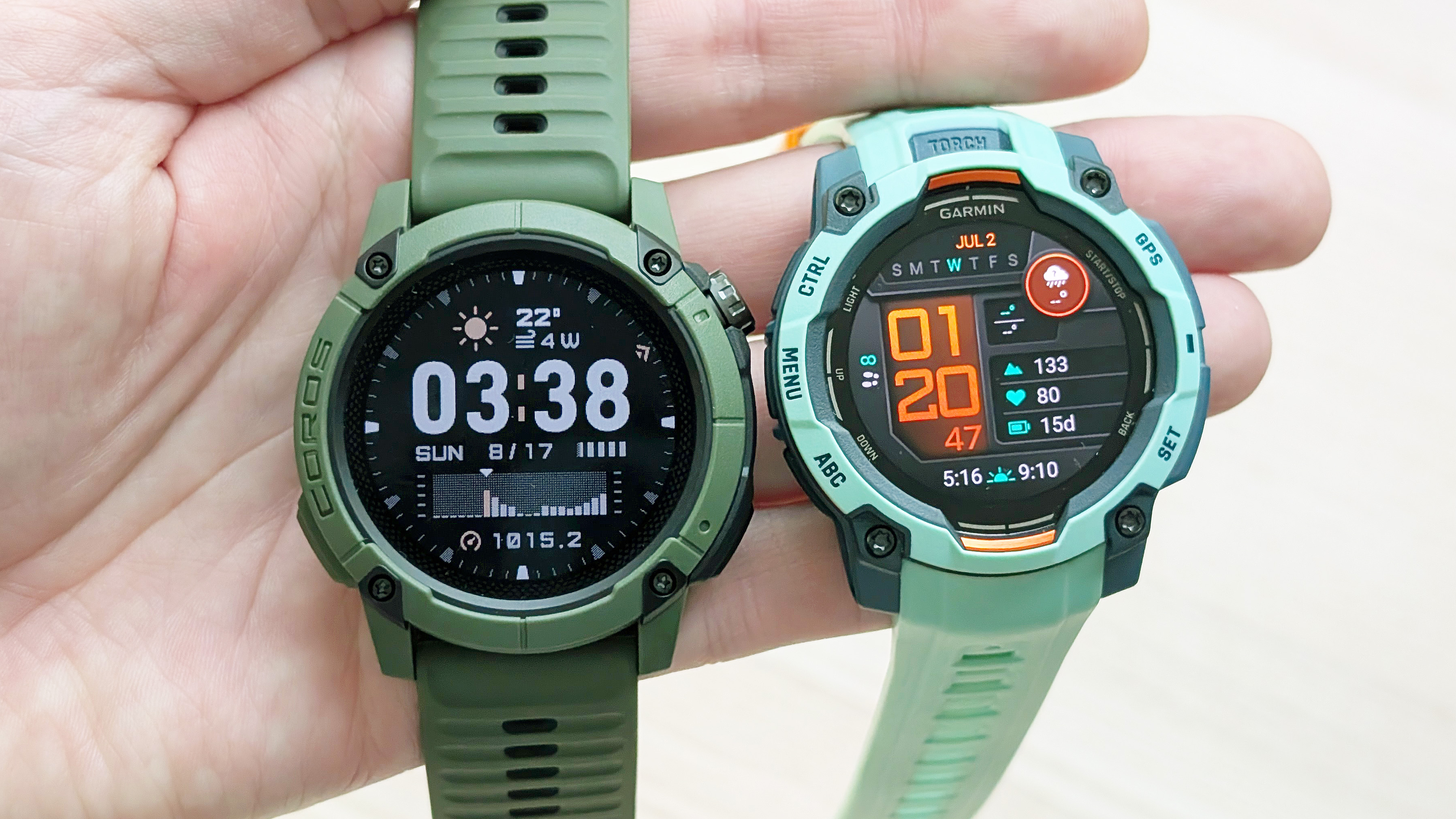
Garmin Instinct 3 versus Coros Nomad, which is the better rugged smartwatch in 2025? I reviewed the former earlier this year, and I'm currently reviewing the Nomad.
While the following head-to-head comparison is subject to change based on my testing results, I already have a pretty good idea of what the Coros Nomad is all about. In short, it's already proven reliable, responsive, and long-lasting.
Both the Garmin Instinct 3 and Coros Nomad are aimed at outdoor enthusiasts, from hikers and mountain bikers to skiers and climbers. They both start at under $400 and boast similar health sensor arrays, location tracking tech, and rugged designs with oversized bezels protecting the screens.
So, which one is superior? I've compared the Garmin Instinct 3 versus the Coros Nomad across eight categories, including price, design, durability, display, health and fitness features, navigation tools, special features, and battery life. In the end, a winner is declared.
If you're in a hurry, feel free to jump right to the Instinct 3 vs. Nomad results.
Garmin Instinct 3 vs. Coros Nomad: Specs
But first, let's take a quick look at how the specifications compare between these two sporty, GPS smartwatches. Note: the Instinct 3 comes in a much wider variety of sizes and styles.
| Header Cell - Column 0 | Garmin Instinct 3 | Coros Nomad |
|---|---|---|
Starting price | $399 (45mm Solar) | $349 |
Dimensions | 45 x 45 x 14.9 mm (45mm models), 50 x 50 x 14.4 mm (50mm models) | 47.8 x 47.8 x 16.4 mm |
Weight | 52 g (45mm Solar), 58 g (50mm Solar), 53 g (45mm), 59 g (50mm) | 41.5 g |
Display | 0.9-inch MIP (45mm Solar), 1.1-inch MIP (50mm Solar), 1.2-inch AMOLED (45mm), 1.3-inch AMOLED (50mm) | 1.3-inch MIP touchscreen |
Onboard GPS | Dual-frequency | Dual-frequency |
Battery life in smartwatch mode (rated) | 28 days (45mm Solar), 40 days (50mm Solar), 18 days (45mm), 24 days (50mm) | 22 days |
Battery life in with GPS (rated) | 100 hours (45mm Solar), 150 hours (50mm Solar), 68 hours (45mm), 86 hours (50mm) | 50 hours |
Water resistance | 100 meters | 50 meters |
Garmin Instinct 3 vs. Coros Nomad: Price

The Coros Nomad comes in just one size, ~48mm, while the Garmin Instinct 3 comes in both 45mm and 50mm, and either with solar charging with a MIPS screen or no solar charging but with a nicer AMOLED screen.
Get instant access to breaking news, the hottest reviews, great deals and helpful tips.
The Coros Nomad is $349 while the cheapest Instinct 3 (45mm Solar variant) is $399. Meanwhile, the 45mm AMOLED and 50mm Solar models are both $449. At the top of the heap is the Garmin Instinct 3 AMOLED in 50mm for $499.
Winner: Coros Nomad
Garmin Instinct 3 vs. Coros Nomad: Design
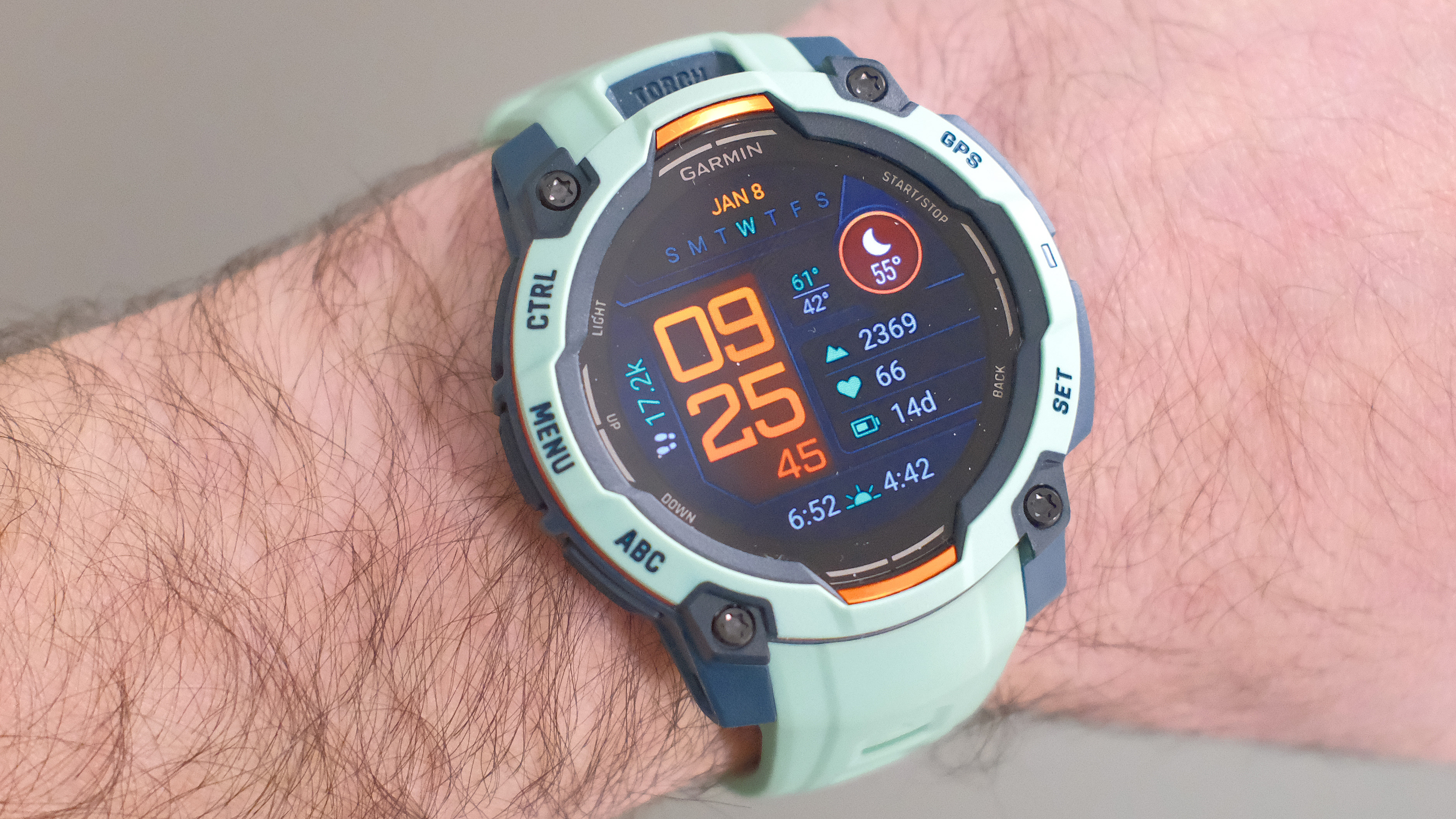
These two watches look remarkably similar, design-wise. While you could argue that Coros somewhat 'ripped off' the look of the Instinct, one could also make the case that Garmin ultimately borrowed the Instinct's design ethos from brands like Casio and the G-Shock line, which has existed since the 1980s.
While the Garmin has five physical buttons on the case, the Coros offers three, along with a digital crown, which I quite like for browsing menu options. Metal-reinforced bezels offer ample screen protection on either model.
One notable design distinction: Only the Nomad offers a touchscreen. Across the board, the Garmin Instinct 3 weighs more than the Coros Nomad, though the difference isn't earthshattering. On the flip side, the Nomad is thicker than the Instinct 3 and, as a result, sits noticeably higher on my 6.5-inch wrist.
Ultimately, the better design comes down to your personal preference. Do you want a touchscreen? Get the Coros. Do you prefer a larger watch? Get one of the 50mm Instinct 3 models.
Winner: draw
Garmin Instinct 3 vs. Coros Nomad: Durability

Both smartwatches are built largely from plastic, although Garmin notes that the Instinct 3 uses a 'fiber-reinforced polymer', while the Coros simply uses 'high-strength polymer.'
Beneath the plastic bezels, you'll find aluminum reinforcement on either device. That said, the Garmin Instinct 3 line boasts a water resistance rating of 100 meters — enough for watersports and even diving — compared to just 50 meters for the Coros Nomad.
Winner: Garmin Instinct 3
Garmin Instinct 3 vs. Coros Nomad: Display

Coros fitted the Nomad with a battery-efficient Memory in Pixel (MIP) display, similar to what you'll find on the Garmin Instinct 3 Solar models. While the screen on the Nomad is a little bigger, the Garmin screens hide a secret behind them: solar-sensitive cells for recharging on the go.
MIP displays are easy on battery life, but they lack the saturation, brightness, and contrast of more modern AMOLED screens. As a result, I find the AMOLED screen on the Garmin Instinct 3 much easier to read in a wider range of lighting conditions than any MIPs display I've encountered.
Winner: Garmin Instinct 3
Garmin Instinct 3 vs. Coros Nomad: Health and fitness features
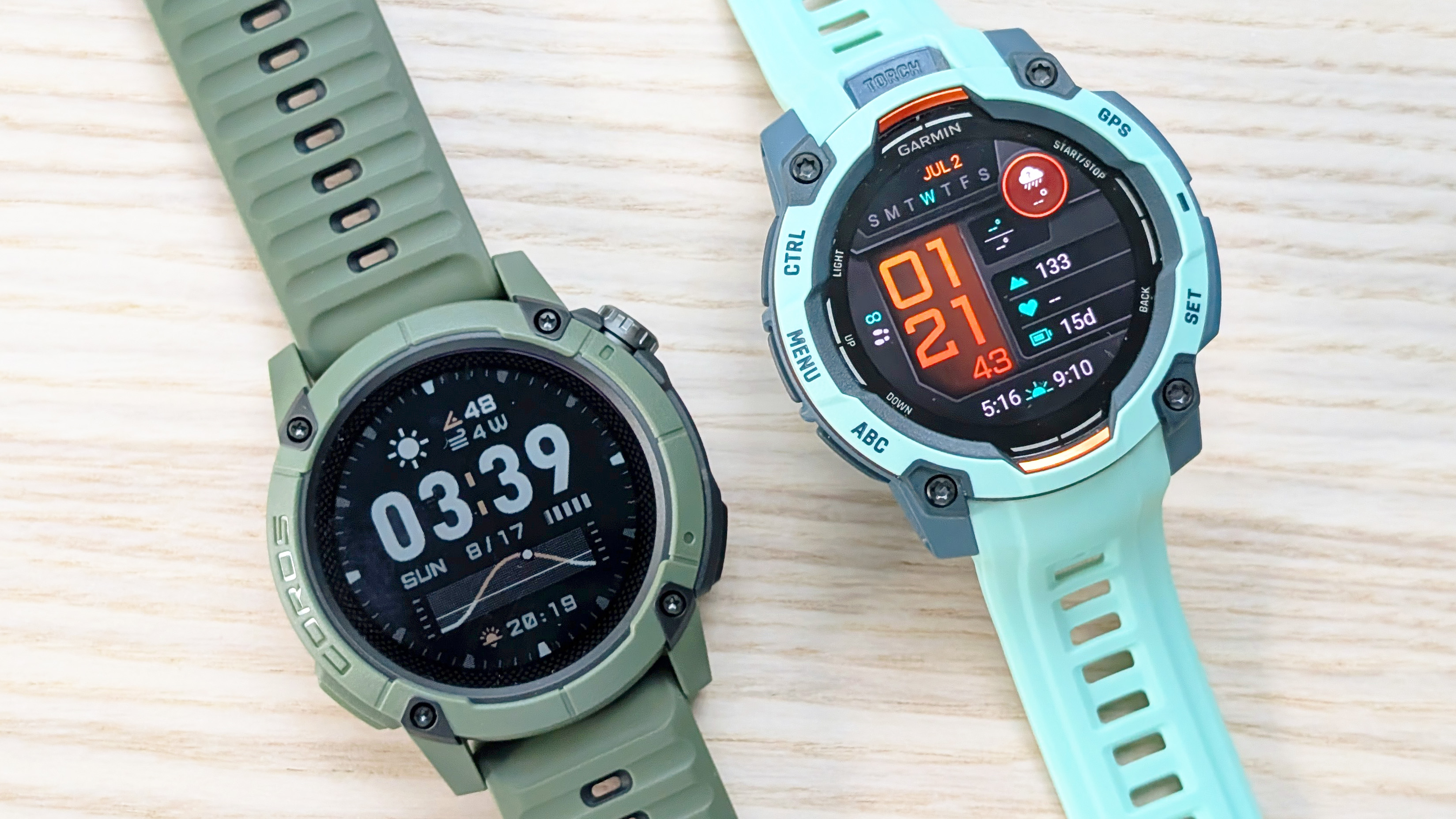
Both devices sport onboard dual-frequency GPS for accurate location tracking, no paired smartphone required. From my initial testing, tracking accuracy on the Coros is just as good as on the Garmin.
You also get onboard altimeters for precise elevation tracking on either smartwatch and similar sets of holistic instruments, including heart rate, blood oxygen and body temperature sensors. However, only the Nomad has an ECG sensor.
Compared to Coros, Garmin provides more detailed sleep tracking and workout recovery insights and offers a wider range of training tools.
When it comes to support for nuanced outdoor activities, either model should have you well covered. That said, while the Nomad has 55 activity tracking modes (by my count), the Instinct 3 has over 100 (though not all are outdoor-oriented).
While each device has some small advantages over the other in terms of health and fitness features, both are capable and reliable. As such, I'm calling this one a draw.
Winner: draw
Garmin Instinct 3 vs. Coros Nomad: Navigation tools
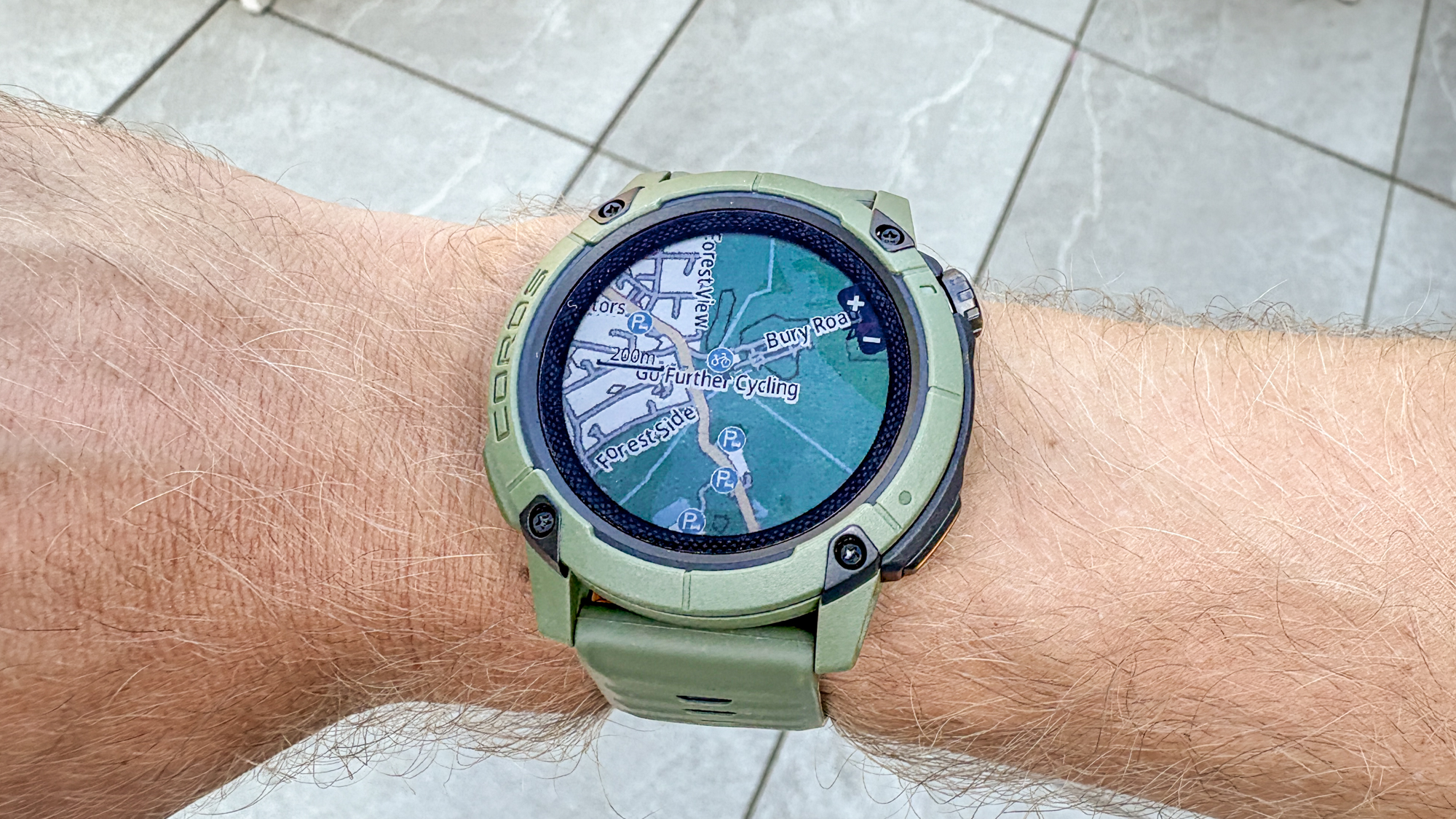
One of the only major downsides of the Garmin Instinct 3 is a lack of support for downloading navigational maps for offline use. This is something Garmin reserves for only the highest-end Garmin models, like the Enduro 3 ($899) and Fenix 8 ($999).
Fortunately, you don't need to spend nearly that much to access detailed and helpful navigational tools. The Coros Nomad supports the feature and even offers turn-by-turn, waypoints, and back-to-start guidance. Maps have street and trail names, contour details, and points of interest marked.
Winner: Coros Nomad
Garmin Instinct 3 vs. Coros Nomad: Special features
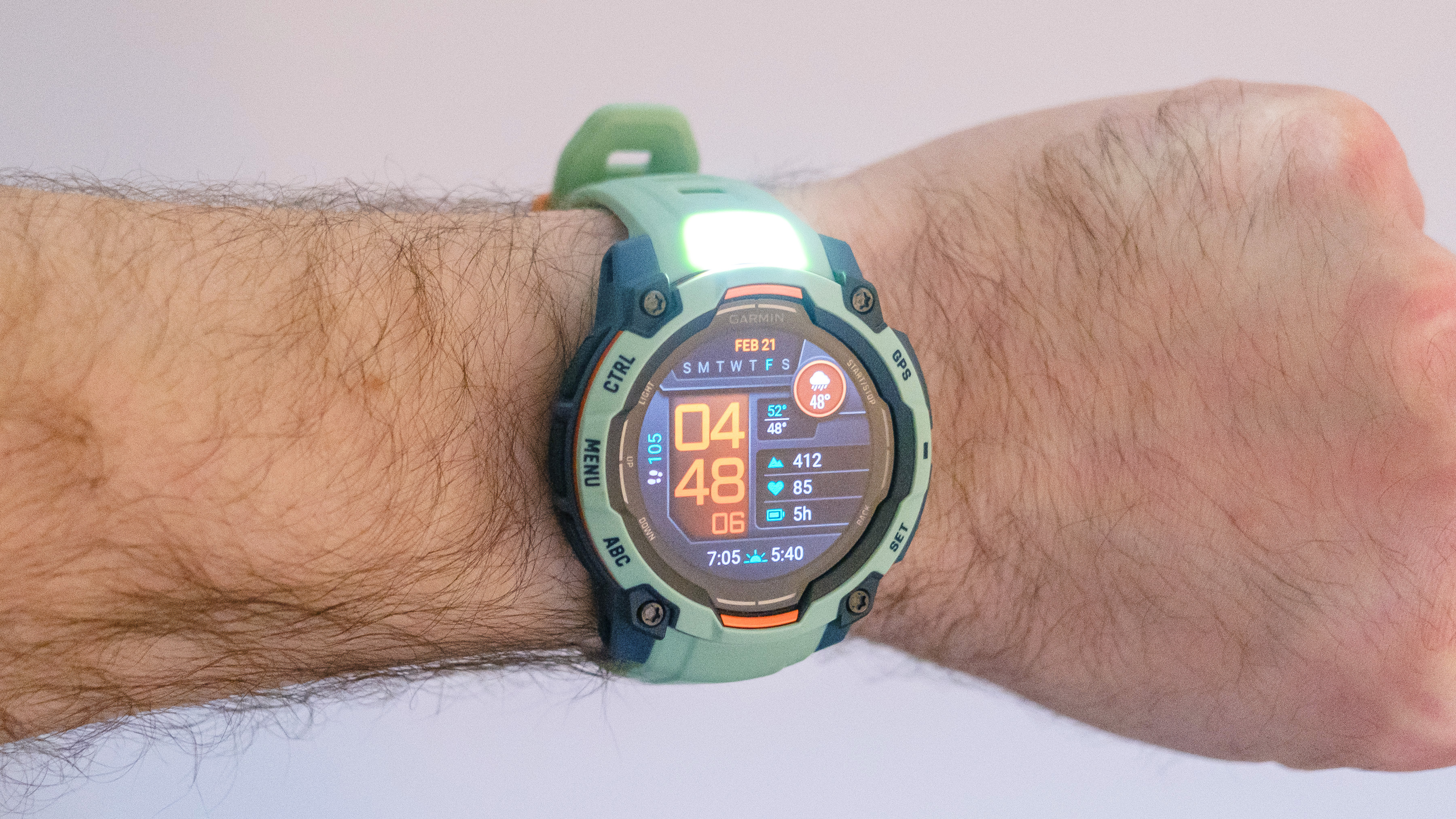
Who doesn't love 'special' features? I know I do, and both of these devices boast 'em. On the Garmin Instinct 3, you get a unique but supremely handy onboard LED 'torch' flashlight tucked into the top of the case. You can adjust the brightness and even switch the color to red.
The Coros Nomad, meanwhile, offers a cool 'adventure journaling' feature that lets users record audio notes during tracked activities via an onboard microphone, which automatically gets converted to text and added to a detailed post-adventure route map. For nature photographers, fishermen — the Nomad has a whopping ten fishing modes — hunters and birdwatchers, this could be super handy.
You can even sync up your smartphone's camera roll to the Nomad's adventure journal to automatically import and geotag photos or videos you shot while out adventuring.
Winner: draw
Garmin Instinct 3 vs. Coros Nomad: Battery life
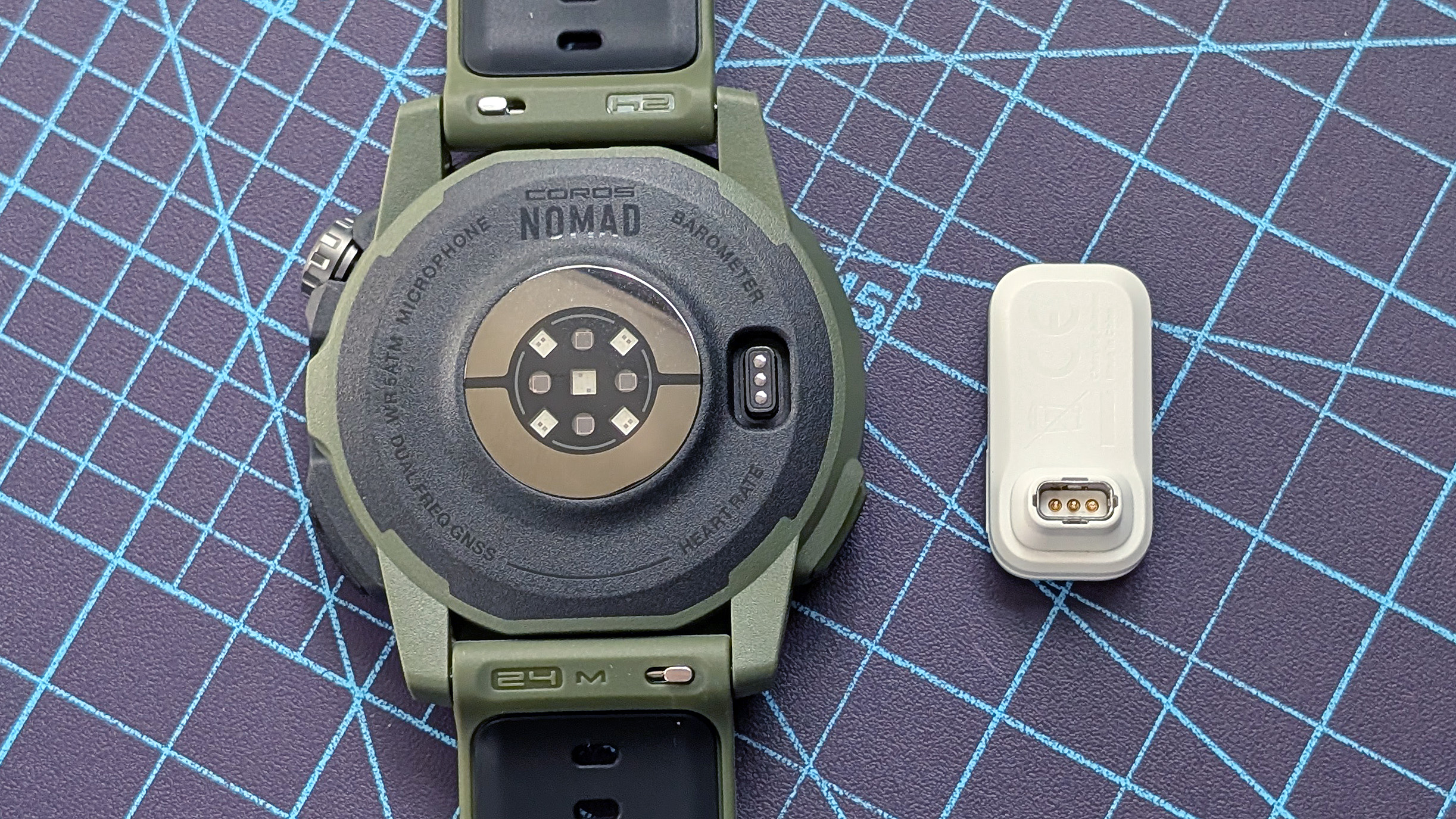
Last, but far from least, we have battery life. While both of these rugged smartwatches boast seriously impressive longevity ratings, the Instinct 3 remains the smartwatch battery life king.
Still, the Nomad can cruise for 22 days in smartwatch mode or run GPS tracking for up to 50 hours. Meanwhile, the longest-lasting Instinct 3 (50mm Solar) can keep on humming for 40 days or more in smartwatch mode, and GPS track for 150 hours or more.
Winner: Garmin Instinct 3
Garmin Instinct 3 vs. Coros Nomad: and the winner is...
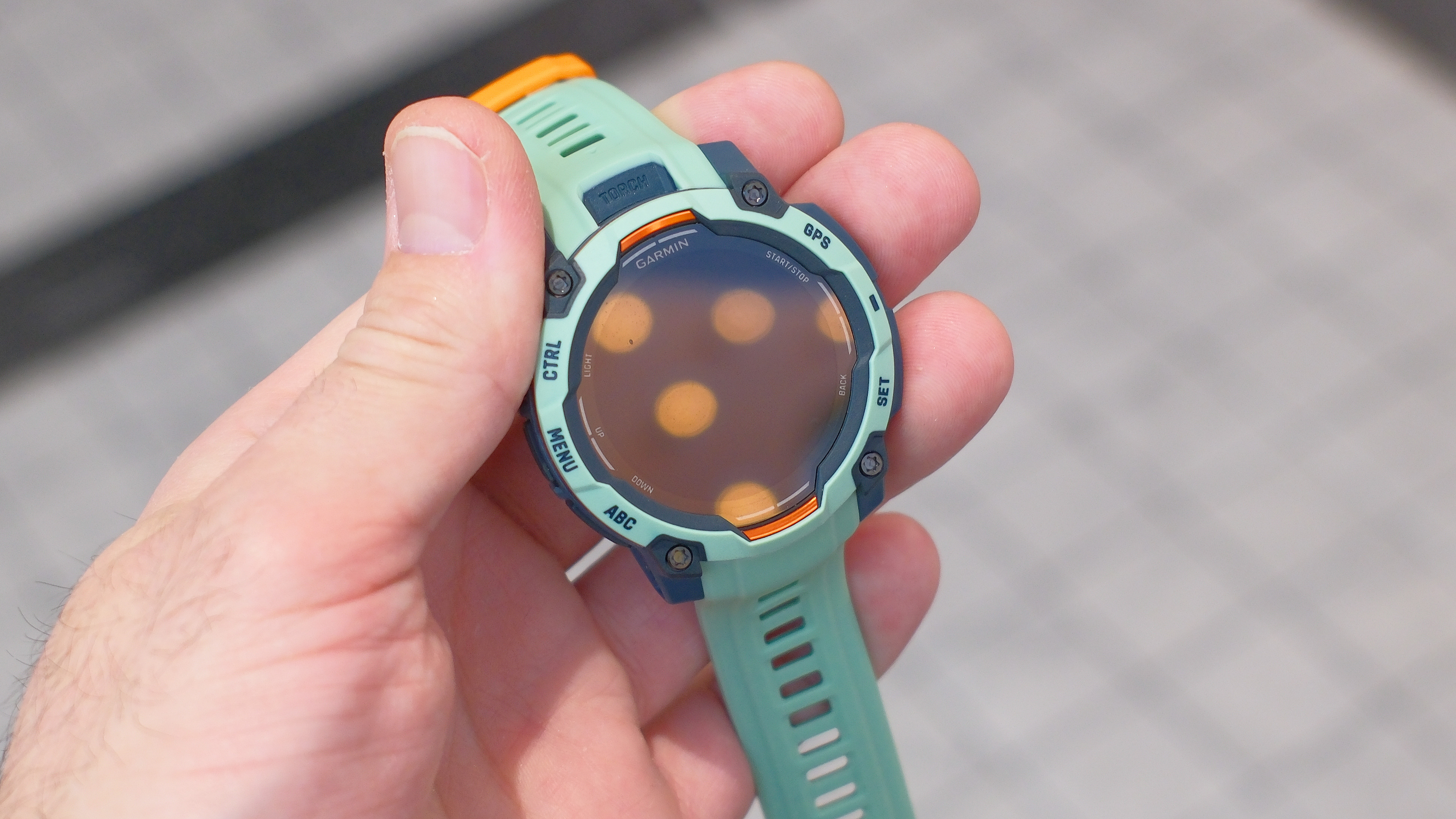
Thanks to a better display, tougher-built case with double the water-resistance, and superior battery life, the Garmin Instinct 3 is the winner of this head-to-head comparison.
However, the Coros Nomad offers comparable health and fitness tracking tech and a similar overall design to the Garmin Instinct 3, but for less cash.
More importantly, the Nomad has one highly coveted feature that the Instinct 3 doesn't: support for offline navigational maps with turn-by-turn guidance. You'd have to spend more than double the cost of the Nomad to pick up a Garmin watch with something similar.
If this feature in particular matters to you, the Coros Nomad is definitely a better option than the Instinct 3. However, overall, the Garmin is the more well-rounded of these two sporty smartwatches.
Overall winner: Garmin Instinct 3
Follow Tom's Guide on Google News to get our up-to-date news, how-tos, and reviews in your feeds. Make sure to click the Follow button.
More from Tom's Guide
- Forget the Apple Watch 10 — 5 reasons why I prefer this cheap Casio Baby-G watch to the best smartwatches
- The Pixel Watch 4 is the first smartwatch with satellite SOS messaging — here’s how it works
- I review Apple Watches for a living — and this is my all-time favorite strap

Dan Bracaglia is the Tom’s Guide editorial lead for all things smartwatches, fitness trackers and outdoor gear. With 15 years of experience as a consumer technology journalist testing everything from Oura Rings to instant cameras, Dan is deeply passionate about helping readers save money and make informed purchasing decisions. In the past year alone, Dan has assessed major product releases from the likes of Apple, Garmin, Google, Samsung, Polar and many others.
An avid outdoor adventurer, Dan is based in the U.S. Pacific Northwest where he takes advantage of the beautiful surroundings every chance he gets. A lover of kayaking, hiking, swimming, biking, snowboarding and exploring, he also makes every effort to combine his day job with his passions. When not assessing the sleep tracking and heart rate accuracy of the latest tach gadgets, you can find him photographing Seattle’s vibrant underground music community.
You must confirm your public display name before commenting
Please logout and then login again, you will then be prompted to enter your display name.
